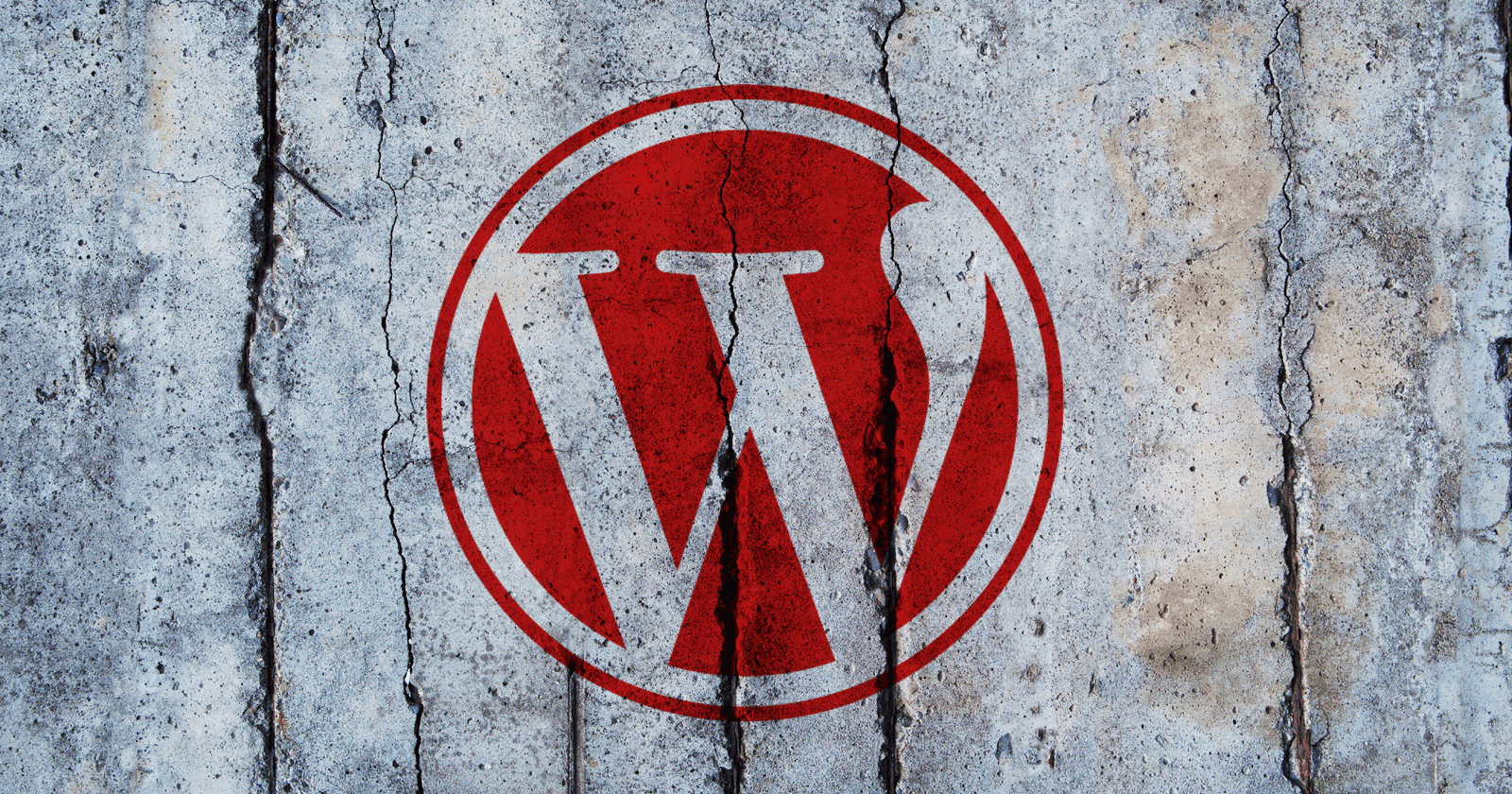Artificial Intelligence for Web Design: Tools, Trends, and Techniques
The role of AI for web design has evolved significantly, transforming how websites are built and enhancing their functionality. No longer limited to basic automation, AI is now deeply integrated into the web design process, offering designers a powerful...
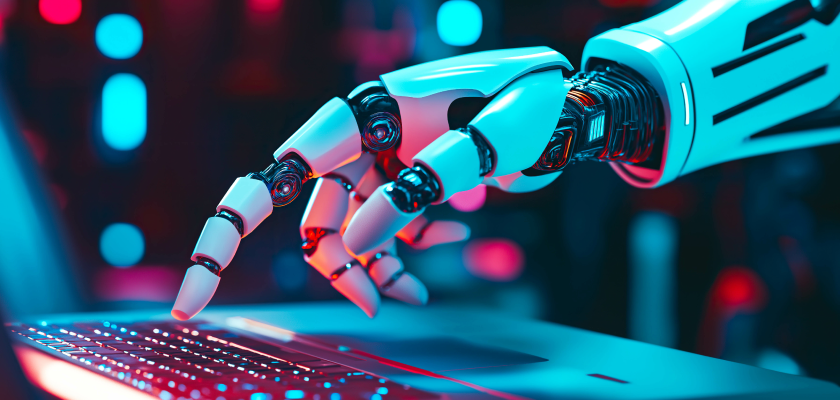
The role of AI for web design has evolved significantly, transforming how websites are built and enhancing their functionality. No longer limited to basic automation, AI is now deeply integrated into the web design process, offering designers a powerful tool to create more dynamic, responsive, and personalized websites.
In this article, we’ll dive into how AI is practically changing web design and provide actionable insights on how you can incorporate AI into your design workflow.
How to Use AI for Web Design?
AI’s influence on web design goes beyond just speeding up tasks—it’s about making smarter, data-driven decisions that create a better user experience. Here’s how AI can transform the design process, from conception to execution.
Data-Driven Design Decisions
One of the key benefits of AI in web design is its ability to analyze large sets of data quickly and accurately. This allows designers to make more informed decisions when creating user interfaces. By analyzing user behavior, such as clicks, scrolling patterns, and time spent on pages, AI tools can suggest layout adjustments that lead to improved engagement.
Enhancing UX with Personalization
Personalization is no longer a nice-to-have feature; it’s an expectation. AI can help you design websites that adapt to individual user preferences. By analyzing user behavior in real-time, AI tools can adjust page elements such as layout, content, or product recommendations to match the specific interests of the user. A good example of this is eCommerce websites that dynamically display products based on users’ browsing histories.
The level of personalization is increasingly crucial as users expect more tailored experiences online. A report from McKinsey highlights the growing expectation for website content personalization, stating that “76% get frustrated when this doesn’t happen.” Integrating AI into your web design process allows you to meet these expectations and create more effective designs that increase user engagement and satisfaction.
Automating Mundane Tasks
Designers often get bogged down in repetitive tasks, such as resizing images or adjusting layouts for different screen sizes. AI can automate these tasks, freeing up more time for designers to focus on creativity and innovation. AI tools can automatically generate design variations and even test them in real-time, helping you identify what works best without the manual effort.
In fact, leveraging AI landing page builders can be a game-changer for marketers and designers alike. These tools not only automate much of the design process but also use AI to predict which design elements will drive the most conversions, reducing the trial-and-error phase.
By incorporating AI into your workflow, you’re not just saving time; you’re improving the quality of your designs by using data-driven insights.
As AI continues to shape web design, several powerful tools are emerging to streamline processes and enhance creativity. Here are some top AI tools you can use to create modern, dynamic websites:
Wix ADI
Wix’s ADI tool helps users create professional websites with little to no coding experience. Asking users a few questions automatically generates a unique website layout and design, complete with personalized content. It also offers built-in SEO optimization and customization features which allow users to adjust the generated website to better fit their needs.
10Web
10Web is an AI-powered WordPress website builder that simplifies the creation process. It offers features like rapid website generation, intuitive design tools, and seamless WordPress integration. While limited to the WordPress platform and with a slight learning curve for advanced features, 10Web provides a user-friendly solution for building professional websites with AI-powered tools.
Hostinger
Hostinger is a popular web hosting provider that offers an affordable and user-friendly AI-powered website builder. With its drag-and-drop interface, one-click WordPress installation, and AI-driven insights, Hostinger makes it easy to create professional websites. While it has limitations like shared hosting and potential upselling, Hostinger’s combination of quality hosting and intuitive tools makes it a compelling choice for those seeking a cost-effective solution.
Unbounce
Unbounce is a leading AI-powered landing page builder that offers features like personalized content, data-driven optimization, and a user-friendly interface. While it may have a steeper learning curve for beginners and higher pricing compared to some alternatives, Unbounce’s ability to create high-converting landing pages makes it a valuable tool for businesses seeking to improve their online marketing efforts.
Adobe Sensei
Adobe Sensei integrates AI into the Adobe Suite, allowing web designers to automate mundane tasks like image cropping, object removal, and even layout design. For web designers using platforms like Adobe XD, Sensei can recommend design tweaks based on user data and historical behavior. So, Adobe Sensei is a powerful tool for designers who want to stay creative while optimizing their workflow.
AI’s Impact on Web Design Trends
As AI continues to shape the web design landscape, we’re seeing clear trends emerge. These trends reflect the increasing sophistication of AI tools and their growing impact on both user experience and design methodologies.
AI-Driven Personalization
Personalization continues to be a major trend in web design, mostly driven by AI advancements. AI can analyze user data in real-time, adjusting website content, design, and product recommendations dynamically. For example, eCommerce platforms like Amazon use AI to create highly personalized shopping experiences, which lead to higher user retention and conversion rates.
This AI impact on web design isn’t just about aesthetics—it’s about using data to serve users exactly what they want, often before they even know they want it. According to a study by Boston Consulting Group, businesses that incorporate AI into their user experience strategies see a 30% increase in conversion rates.
AI-Powered Testing and Optimization
Another trend we’re seeing is AI-driven testing and optimization. Traditional A/B testing is a time-consuming process, but AI allows for multivariate testing at a much larger scale, and in real-time. This means you can test multiple elements (like headlines, CTAs, or page layouts) simultaneously and get faster, more accurate results. This trend is rapidly changing how designers and marketers optimize their websites.
AI agencies that specialize in optimizing web designs for conversion are on the rise. These agencies use sophisticated AI tools to continuously monitor, test, and refine website performance, ensuring the design stays effective as user behaviors and expectations change.
Content Generation and Curation
AI tools are also making waves in the content realm. Designers can now rely on AI to generate text, images, and even videos for websites. Tools like Jasper or ChatGPT are being used by marketing teams to quickly create landing page content, blog posts, and product descriptions. Although the human touch is still necessary to fine-tune the final content, AI is helping scale content production like never before.
However, the key to using AI-generated content is ensuring it aligns with your brand’s voice and values. While AI can generate vast amounts of content quickly, human oversight makes sure it resonates with your audience.
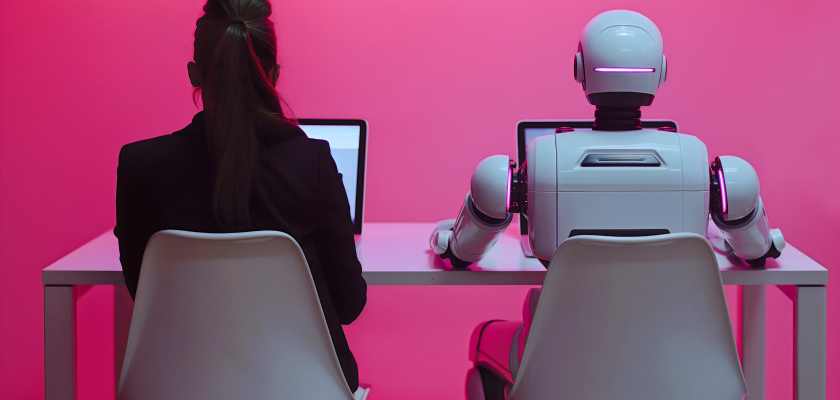
Human Designer vs. AI: Finding the Right Balance
AI can offer incredible benefits in web design, but does that mean it will replace human designers? Absolutely not. In fact, AI is best used as a complement to human creativity and problem-solving. Here’s how you can find the right balance between AI and human input.
Creativity and Emotional Connection
While AI can analyze data and suggest design improvements, it can’t replicate human creativity or the emotional intelligence that comes with it. Successful web design often relies on the ability to tell a story or evoke an emotional response, which requires a deep understanding of culture, trends, and human behavior—areas where AI still falls short.
Designers are essential in creating those “aha” moments in design, whether it’s a bold color choice or an unexpected layout that resonates with users on an emotional level. AI can assist in optimizing these elements, but it doesn’t have the intuition that a human designer brings.
Problem-Solving and Innovation
AI is excellent at following patterns and optimizing based on past data, but it doesn’t excel in situations where creative problem-solving is required. Whether it’s navigating a unique client request or adjusting designs based on sudden feedback, human designers are far more adaptable.
Web designers often work on projects that require innovative thinking, and AI is more limited in this aspect. For example, AI can recommend design improvements based on historical data, but it won’t be able to create a completely new design language or invent an unconventional brand identity from scratch.
Collaboration and Feedback
Web design is a collaborative process. Designers often work closely with clients, developers, and other team members to create a final product that meets everyone’s expectations. AI tools, while helpful, can’t replace the nuanced conversations and negotiations that occur during the design process.
Additionally, clients may have feedback that requires more than just data-driven changes. A human designer can interpret feedback in a way that aligns with the overall vision, while AI can only execute on preset rules. This human element is essential for ensuring that the final product is not just functional, but also true to the client’s brand and goals.
Conclusion
AI is revolutionizing the web design world, offering new ways to streamline workflows, personalize experiences, and improve user engagement. However, it’s important to remember that AI should be seen as a tool to enhance, not replace, human creativity. While AI-driven personalization, testing, and content generation are becoming more prevalent, human designers are still needed to inject creativity, problem-solving, and emotional intelligence into the final product.
Designers can create websites that are both efficient and emotionally resonant once they are striking a balance between AI tools and human intuition. Now is the time to explore the possibilities AI offers, whether through AI landing page builders, testing tools, or personalization engines, while still recognizing the irreplaceable value of the human touch.

 Fransebas
Fransebas 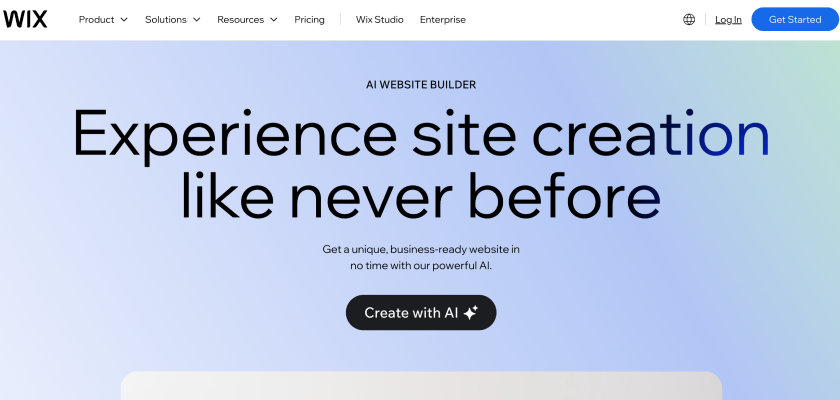
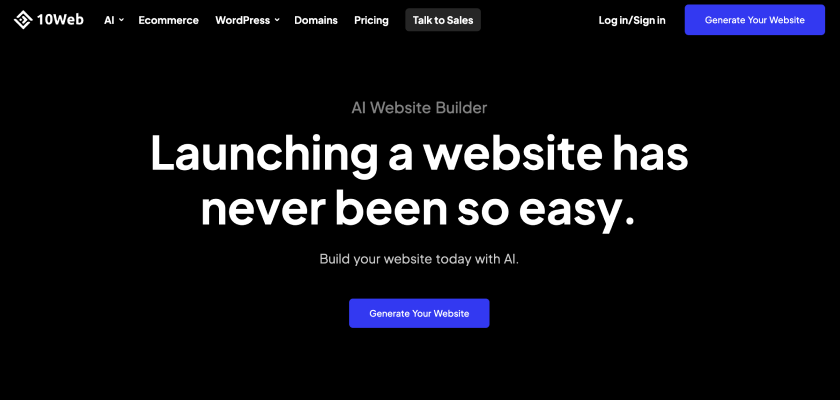
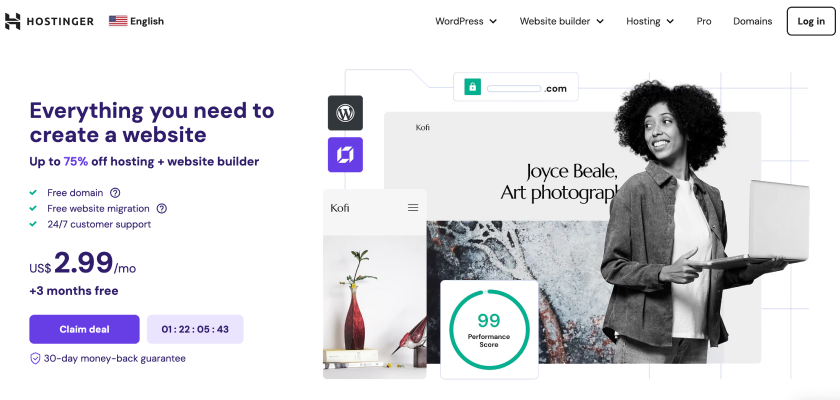
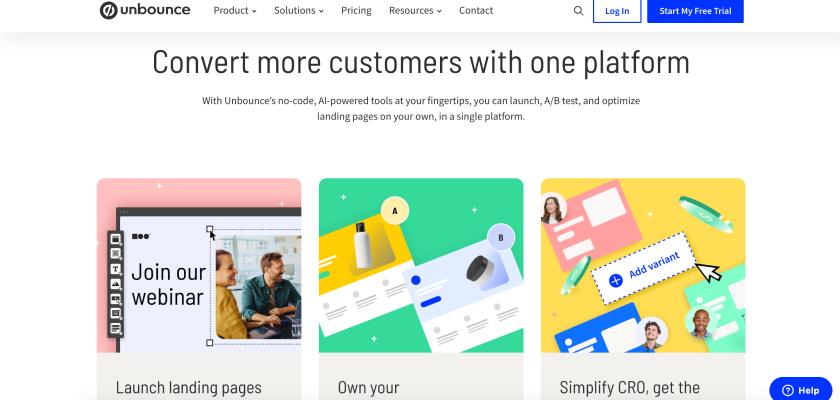









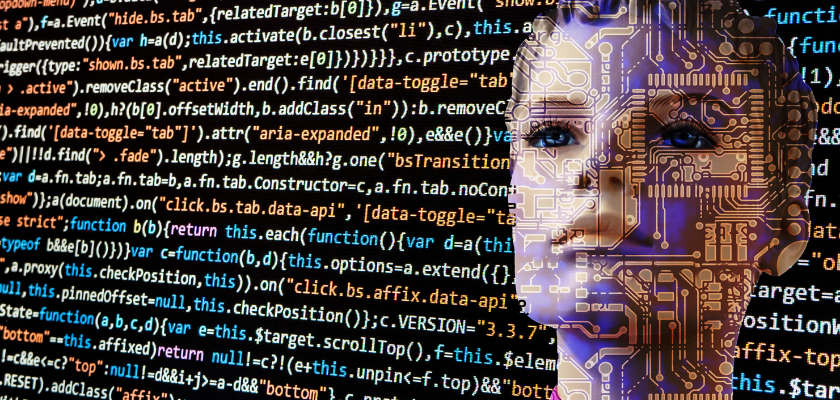
![How 500 Marketers are Leveraging Instagram Shopping Tools [Data]](https://blog.hubspot.com/hubfs/instagram-shopping-tools-2.jpg#keepProtocol)
















